Projects Supported by OEIT
Cross Media:
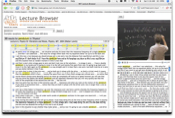
Spoken Lecture Browser Workflow - Spoken Language Systems
Faculty: James Glass, Principal Research Scientist, CSAIL
The Spoken Lecture Browser project, an OEIT iCampus initiative, is a language processing application to help transcribe, annotate, structure, and summarize audio-visual materials so that users can search and explore them more easily. The steps necessary to process the captured audio and video recordings represent a workflow that follows a limited set of pre-defined steps. Its structure and sequence uses PodCast Producer™ to manage and direct the procedures required to transform captured media content into a searchable repository.
Active Learning:
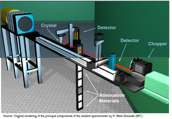
iLabs
Faculty: Jesus del Alamo, Prof. Electrical Engineering and Computer Science
Steve Lerman, Prof. Civil and Environmental Engineering, and Dir. CECI
Jud Hardward, Sr. Research Scientist, CECI
http://norbert.mit.edu/reactor
Online laboratories (“iLabs”) are experimental systems that can be accessed through the Internet from a regular web browser. iLabs allow students and educators in science and engineering to carry out experiments from anywhere at any time. The iLab project at MIT is dedicated to the creation of a software architecture and a corresponding movement to develop and disseminate technology and pedagogy for sustainable and scalable iLabs so that they can be shared worldwide.
Active Learning:
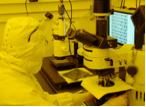
Project-based Learning Laboratory Faculty: Dennis Freeman, Professor of Electrical Engineering and Computer Science
Alexander Aranyosi, Research Scientist, Electrical Engineering and Computer Science
Project-based learning introduces students to a discipline through the process of conceiving, designing, and implementing activities which integrate theory with practice. This project focuses on technology-enabled learning spaces that are optimized for inter-personal small group interaction as well as for using practical tools to implement project work.
Visualization:
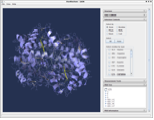
STAR-Biochem
Faculty: Graham Walker, Professor, Biology
John Belcher, Professor, Physics
StarBiochem is an application that displays molecules from the Protein Data Bank. It allows users to explore fundamental biological research concepts, target and select components of a molecule, and control how they are displayed.
Visualization:

STAR-Biogene
Faculty: Eric Lander, Director, Broad Institute
StarBiogene provides a set of software tools for analyzing genomics data via the web. It enables the user to take part in the analysis of microarray gene expression data by making usable genomics research software readily available.
Visualization:
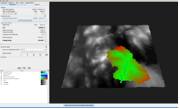
Star-Hydro
Faculty: Rafael Bras, Professor, Civil and Environmental Engineering
StarHydro is application for distributed hydrological analysis. It allows the user to delineate watersheds and explore related statistics.
Collaboration:

Wiki Service
Faculty: the MIT Community
OEIT piloted the use of wikis for projects and courses at MIT. We selected Atlassian’s Confluence wiki, integrated it into the MIT web certificate authentication system (x509 certificates), and worked with faculty across the Institute to integrate its use into selected courses. A transition plan was developed and the pilot has been migrated to sustaining service provided by Information Services and Technology.
Collaboration:
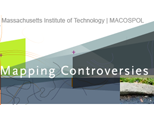
Mapping Controversies
Faculty: Vincent Lepinay
A course in the STS department uses a dynamic webdirectory to harness the collective intelligence of its students and related researchers. OEIT worked with Lepinay and Paravel to create the online resource, as well as the web site which houses it, complete with an interface for updates, administration, and expansion.
Visualization:
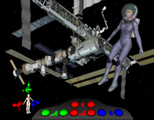
Microgravity Simulation
Faculty: Dava Newman, Professor, Aeronautics & astronautics
Violeta Ivanova, OEIT
A joint project of the Department of Aeronautics and Astronautics and OEIT, researchers collaborated with visual artists to create three-dimensional visualizations of astronaut motion in microgravity. Students can explore, via the interactive user interface, how astronauts rotate in a microgravity environment.


